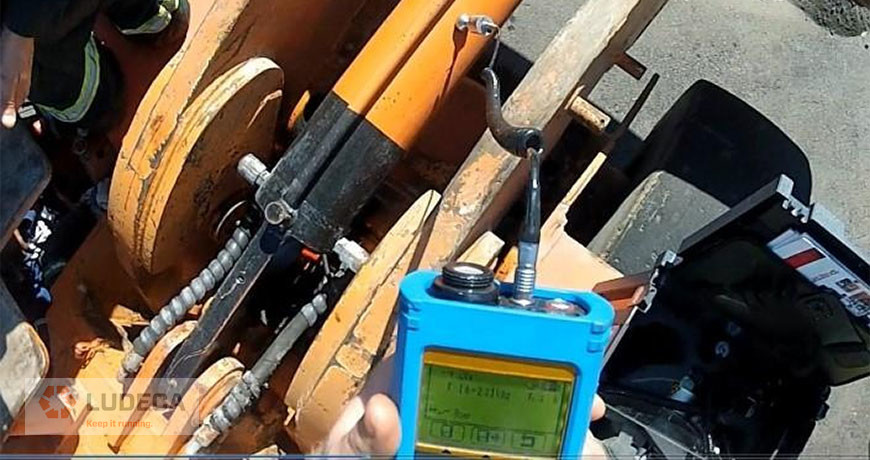
The many applications of Ultrasound, as diverse as they are, rarely get used to their fullest capacity. The Mining Industry poses many challenges in condition monitoring due to various machine types, speeds, and access.
Below are 10 of some of the prime applications for Ultrasound:
- Air Compressors and Blowers designed to supply air on demand often run inefficiently due to leaks. Use Ultrasound and SDT Leak Reporter to locate, document, and report leaks. Download our Leak Management: Find-and-Fix Leak Procedure for an effective procedure to survey your systems and detect leaks.
- Fugitive dust is an environmental problem and is often contained in the mining industry with the use of Baghouse Dust Collectors. The dust collectors require compressed air and diaphragms to purge the baghouse “socks.” A common failure mode for these socks is the ingress of moisture. One source of moisture ingress in compressed air lines are leaks. Another area to utilize ultrasound is for the diaphragms themselves. Use ultrasound to sweep across the diaphragm header to pinpoint a ruptured diaphragm. Typically these are only found after the differential psi indicates plugged bags and requires a physical inspection. Be proactive and efficient with ultrasound.
- Combustion Chambers in dryers that utilize natural gas are another area that can be prone to leaks. Check all the valves, and flanged connections periodically to identify a potential leak.
- Dryers and Kilns run at very slow speeds. Slow speed condition monitoring can be quite difficult using Vibration techniques. The slower the speed, the longer the sampling time and lower the amplitudes. Ultrasound can be utilized to quickly assess the bearing health and to ensure proper lubrication. Although the speed can be quite low, the frequencies of sound generated in rolling element bearings are ultrasonic due to friction of an inadequate lubrication film, or from the presence of subsurface asperities in the early bearing failure stages.
- High Voltage Electricity with potential for arc flash is used both above and below ground. Ultrasound can be used to safely locate arcing, tracking, and corona, without the need to open any panels. Use ultrasound underground on the 4160 V terminal connections, or on your miner Nips to ensure a good tight fit free of discharge. Scan the overhead electrical cables while driving down the conveyor lines and listen for electrical discharge.
- Mines are loaded with long Belt Conveyors both on the surface and underground. Ultrasound is great for monitoring the head pulleys, tail pulleys, take-up pulleys, and for noisy trough idler rollers and return rollers. We all know the havoc a seized idler can wreak on the belt and belt splices.
- The use of grid couplings is quite common on Fans and Crushers. Grid couplings require periodic lubrication and inspection for wear. This requires shutting down the equipment, performing lock out tag out, and disassembly. Use ultrasound and a flex wand to listen under and around the guard of a dryer for a loose fit coupling.
- Hydraulic Systems are used in many applications such as compactors, crushers, and booms on continuous miners. Use the contact RS2 probe to look for faulty psi relief valve and check valves.
- Mines typically have many designated Oxygen-Acetylene Bottle Storage areas. Acetylene is very unstable and can be quite explosive at atmospheric pressures. Use ultrasound to check for leaks and help lower the risk of an explosion.
- Hoists are used to bring ore up from underground. The bearings of the crown sheaves and drums can be quite difficult if not impossible to monitor with vibration analysis as the RPM of the equipment rarely stays constant long enough for good reading. With ultrasound, we need only about 15-20 revolutions for quality reading.
Today’s blog is inspired by a LinkedIn post written by our partners at SDT Ultrasound Solutions.
Filed under:
Maintenance Tips, Ultrasound by Benny Ortega CRL
